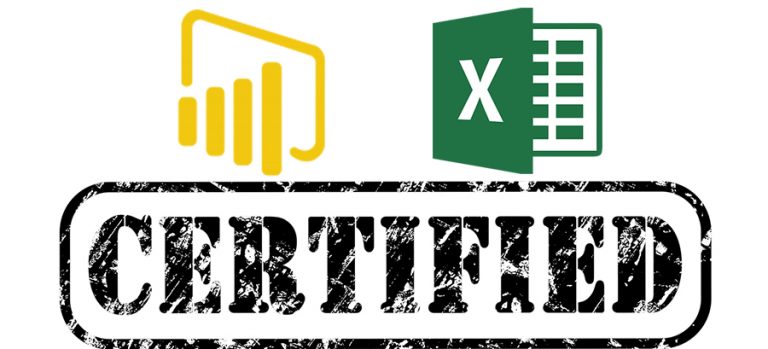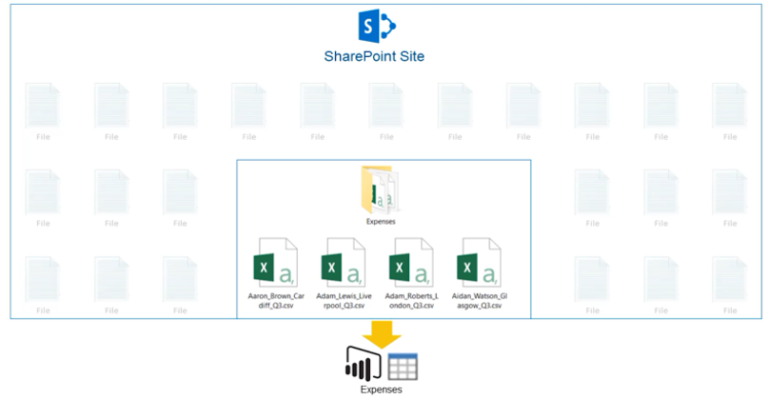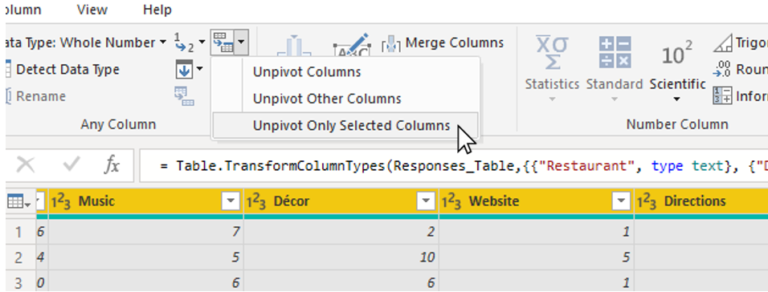JSON
When it comes to data analysis and visualization, Power BI is one of the most popular tools used by professionals. With its user-friendly interface and powerful functionalities, Power BI allows users to create interactive visualizations and reports with ease. However, one of the challenges faced by many users is the process of connecting to various data sources, particularly JSON data sources. This is where Power Query M Language comes in.
Power Query M Language is a formula language used in Power BI for data transformation and manipulation. It allows users to connect to various data sources and extract data for analysis and visualization. In this article, we will discuss how to use Power Query M Language to connect to a JSON data source from inside Power BI.
Prerequisites
Before we proceed, there are a few prerequisites that need to be met:
– You need to have Power BI Desktop installed on your computer.
– You need to have a JSON data source that you want to connect to.
– You need to have basic knowledge of Power Query M Language.
Step-by-Step Guide
Now that we have met the prerequisites, let’s dive into the step-by-step guide for connecting to a JSON data source using Power Query M Language:
Step 1: Open Power BI Desktop
Open Power BI Desktop on your computer.
Step 2: Click on “Get Data”
Click on “Get Data” in the Home tab of the ribbon.
Step 3: Select “JSON“
Under the “Get Data” window, select “JSON” and click on “Connect”.
Step 4: Enter the JSON URL
Enter the URL of the JSON data source you want to connect to and click on “OK”.
Step 5: Edit the Query
After you have successfully connected to the JSON data source, Power Query Editor will open up, displaying the data from the JSON file. Here, you can edit the query to select only the data you need for your analysis.
Step 6: Write Power Query M Language Code
To write Power Query M Language code, click on the “Advanced Editor” button in the “View” tab. Here, you can write your M Language code to manipulate the data as per your requirements.
Step 7: Save and Close
Once you are done with editing and writing the code, click on “Close & Apply” in the “Home” tab to save and close the query.
Conclusion
In conclusion, Power Query M Language is a powerful tool for connecting to various data sources, including JSON data sources. By following the step-by-step guide outlined in this article, you can easily connect to a JSON data source from inside Power BI and write M Language code to manipulate the data as per your requirements. So go ahead and explore the world of data analysis and visualization with Power BI and Power Query M Language!











